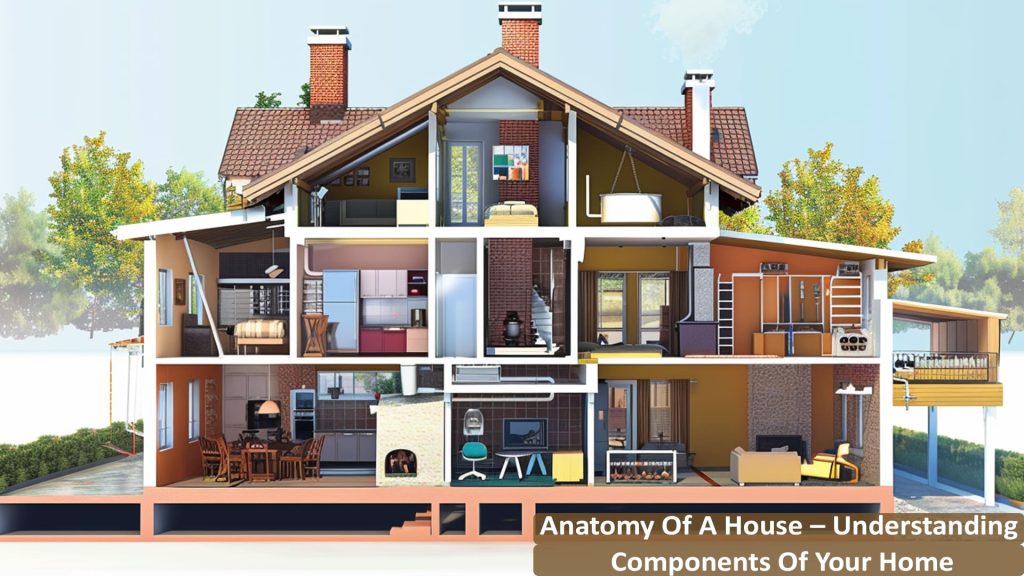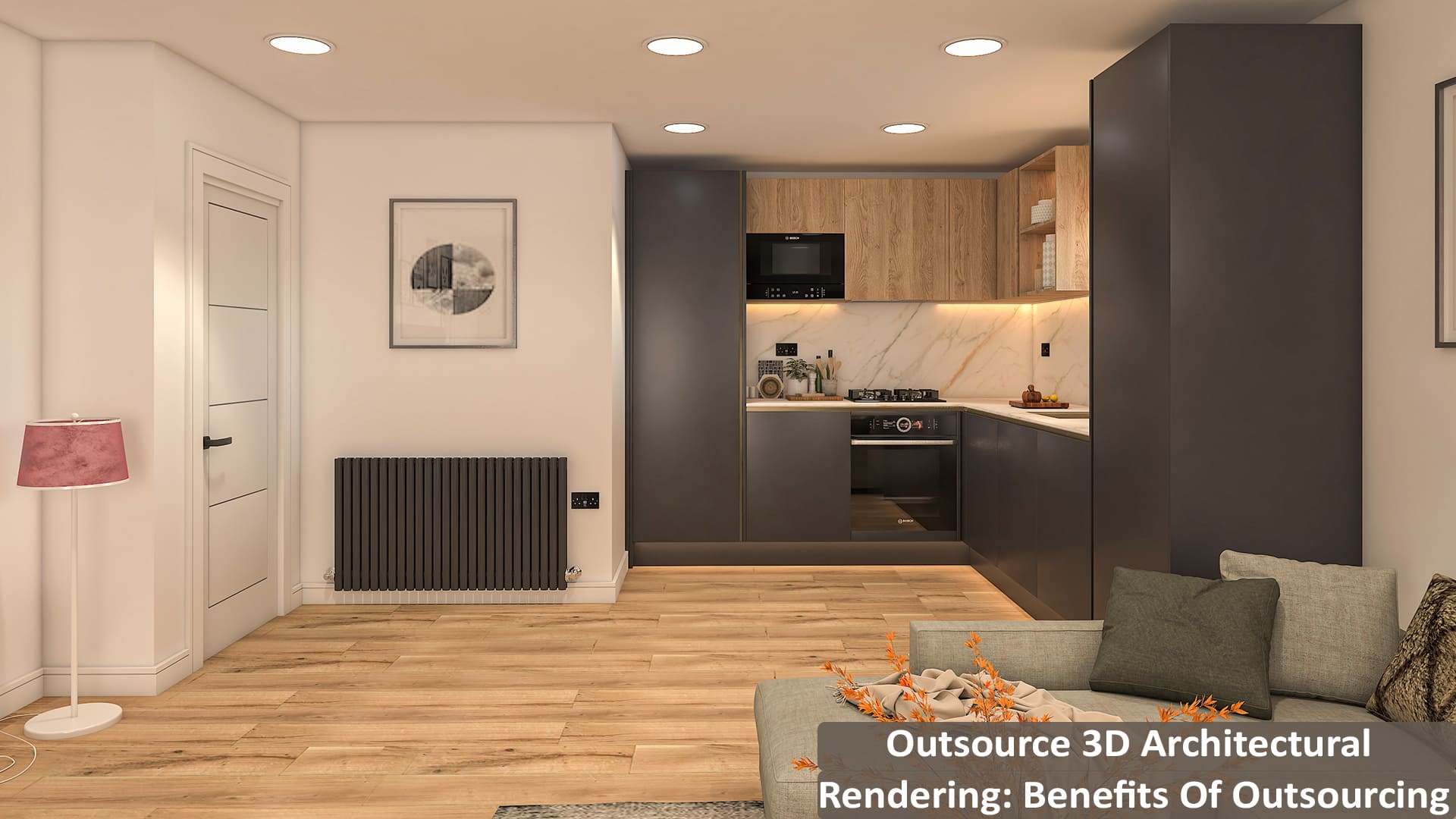Architecture Anatomy of a House – Your house is more than what appears at the first look. It is just like the tip of an iceberg, there is a lot more beneath the surface. Ever thought about how it is designed to be safe and secure? How does it stand the test of time and critical weather conditions? The secret is beyond the above layer. Let us discover the important components that make a home. We would call it, the perfect anatomy of a house, let’s begin…!
Anatomy of a House – Understanding The Components of Your Home
1. The Foundation of a house – Under the exterior of your house, a foundation is built. It provides a house with stability by transferring the weight to the ground. Most structures are put together by cinder blocks which are assembled well using mortar. Apart from that, poured concrete, bricks, and beams are also present there. Over all of this, a block foundation is stacked.
For an ideal house foundation, an expert must be aware of some rules and guidelines. Foundations must be built with permitted depth & material depending on that area. The material and its composition change according to the size and the design of a structure. Apart from that, moisture conditions also impact the house’s base, it is designed to keep in mind the prevention of moisture. In cold regions, there is a risk of heaving the house and thus footings are placed under the frost line to eliminate the sliding of frozen grounds. Grounds with more clay can support heavier buildings. In the case of soft grounds such as limestone or rock, the foundation is dug deeper to pour concrete slabs. Similarly, different methods are used to build foundations for unique site requirements.
2. The Frames of a home – The frames are the skeleton of a house that gives it a unique shape. They are everything your home will be recognised with. It supports the floor, roof & walls and makes up for the structure’s cost, strength and stability. Common materials used are wood, steel, concrete and insulated panels. The material for the frames is chosen depending on the structure design, and ceiling and stair styles. It is decided following weather & climatic conditions. Where there is a risk of an earthquake, the framing provided is strong enough to absorb it without causing damage.
Fascia, Bracing, Bottom plates, Headers, Studs, Beams, Joists, Sheathing and Rafters are the main parts of house framing. Integrating these components is more time-consuming to ensure the structure’s reliability, security and longevity.
3. Walls & Roof of a house – Walls are important aspects of the anatomy of a house, they provide privacy, and protection and secure us. A load-bearing wall carries the load of another foundation and other elements such as beams, pillars, columns etc. above it. There are many great options to build a home’s wall with. Depending on a structure’s needs materials from wood, concrete, and brick are selected for wall construction. Moisture resistivity is a must for a wall material to keep it away from dampness, cracks and leaks. For ideal sound insulation, fabrics that reduce noise transfer are used especially in high-traffic areas.
Roofs are another important component of a house that provides us great protection and security. It makes a home complete. The popular roofing materials are asphalt, concrete, metal, wood, and various shingle types. Wood and concrete are affordable options but wood is not preferable in areas prone to fire. Metals look stunning but are expensive. All in all, asphalt shingles, metal and tiles are suitable for all atmospheric conditions and come in a variety of cost prices. Note that ideal roofs are adequately insulated and are sustainably designed to avert heat loss. They are leak-resistant, have great ventilation and are properly fitted with flashing. Roof flashing is done with metallic sheets that prevent water from entering into cracks.
4. Chimney – Commonly designed with metal and bricks, the chimney removes all the smoke, gaseous and toxins from the house. They are mentioned when talking about the anatomy of a home. Their design varies as per the style of the entire building, its size and the roofline.
5. Plumbing Installation – Plumbing is a very important part of a house that includes components like water pipes, water drainage, faucets, showers, etc. It is operated in the bathroom, kitchen, and laundry room to ensure smooth and safe water flow. An expert house designing company focus on climatic, functional and aesthetic conditions when doing the plumbing in your place, they will maintain the water efficiency by installing effective fixtures. Choosing fittings that match a house interior, are durable, do not corrode, and stay calm in critical weather is carefully considered.
6. Electrical Work – Another functional component in a house’s anatomy is electrical fixtures. It is related to the electricity that power up your house lights, and appliances. The need for a well-qualified electrician plays a huge role in connecting a home safe with the power supply. Cu and Al are used in making electrical wires that handle every voltage and current smoothly. Some electrical installations are done inside the home while others are installed outside. Both have their special features making them ideal for the place they are attached. A house’s voltage is between 110-220V depending on what appliances you have. Choosing energy-effective bulbs, and devices promotes energy saving and saves the environment from carbon emissions.
7. Windows and Doors Fitting – The next component involved in understanding the anatomy of a house is windows and doors. They ensure the proper natural light access, ventilation and privacy of a house. Both these elements contribute to making your space appealing and shielded. Many materials are available that make a unique door and window style. With the use of technology and advanced craftsmanship, now many homeowners customize their windows & doors in the ways they dream. Also, the type of glass and material you choose affects not only the quality and endurance of a unit but also the ecosystem. Different glass coating and layers impact insulation and house temperature differently.
8. Downpipes and Gutters – Also known as rain pipes, drainage pipes, and drain spouts; downpipes are important to save your home from sinking from rainwater collected over the roof. They protect the landscape, house exterior, foundation, and edges of a home. They collect water and transfer it to the ground or the outside drainage. They are typically fitted over the roof to channel the excess water away.
9. Interior and Exterior House Finishing – After all the construction and fitting are done, it is time to initiate towards the finishing. Exterior and Interior Finishing includes the touch-up of a house, making it eye-catching, and functional as well. They significantly depend on the house’s decorative features and are picked focusing on whether a home is modern, or conventional. Outdoor finishing covers cornices, roof materials, home siding style, porch area, exterior shutters, windows and gate. On the other side, indoor finishing of a house includes decorating wall paint, cabinetry, ceiling, flooring, kitchen countertops etc.
The Conclusion
Getting to know and understand the anatomy of a house is a progressive step to design and build a smart, robust, and visually attractive home. Now you will know what component your architect or a builder is working on during a construction. With the right alignment and of course, choosing the right materials will make your home look & perform at its best. Renderspoint is a leading firm that takes honour in producing highly engaging 3d visuals of architecture, making you understand the structure and its design from the zero level. Our accurate and top-quality renders help you make better decisions. Contact the team at sayhello@renderspoint.com.








